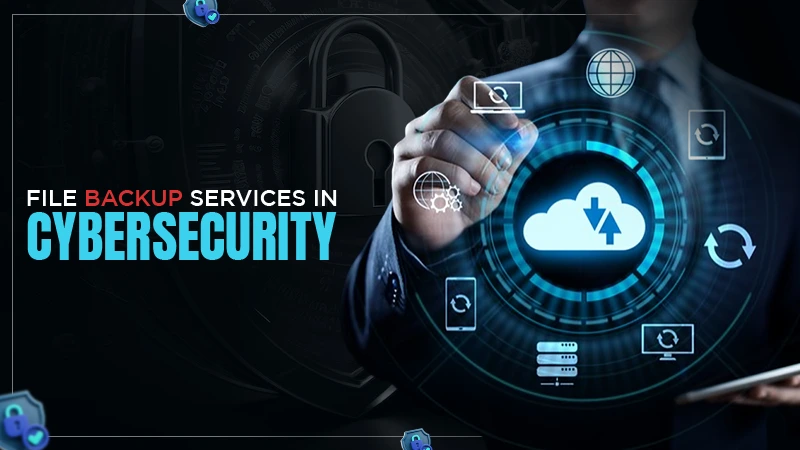A Digital Way to Protect Products with Scanner Bar
If you are a consumer, we are certain that you have seen the barcodes as well as the barcode scanners. Be it renting the car or purchasing stuff from the retail store, flying, or attending high-scale events, the barcodes are everywhere. Admit it or not, we all have seen the barcode’s spaces and lines as useless printing at some point but little did, we know that it’s a digital way of protecting the products.
There are well-integrated barcode scanning systems that empower businesses to trace the information which eventually impacts efficiency and productivity (in a positive manner, of course). As a brand, you will be able to improve the business processing by gaining a deep understanding of barcodes and learning about the correct endorsement and utilization.
Also Read: Top 10 Best VIN Decoders to Lookup VIN for Free
With this article, we are sharing the basics of barcodes and how the barcodes can be used in integration with barcode scanning apps to create secure and on-point business transactions!
Barcode – What Is It?
The barcode is used for encoding the data and information within visual patterns; these patterns are readable by the machines (the barcode scanners). These are used for various reasons, such as tracking the products, stock levels, and prices for central recording in the computers and relative software systems. To your surprise, the first barcode was invented back in June 1974.
This first barcode appeared on the chewing gum designed by the Wrigley Company. However, in the modern world, barcodes are available on every other product for buying. In addition to the stores, the barcodes are even added to the products that are still lying around the inventory for the shipment. Well, even Amazon and Wal-Mart are using barcodes as well as barcode scanners.
Similarly, this system can be utilized by home businesses and small-scale businesses to keep track of their online orders. When we are talking about barcodes, it is crucial to understand different types of barcodes, known as 2D and linear. Even more, the barcodes are made with two parts, such as the UPC number (it has twelve digits) and the barcodes.
The first six digits on the barcode are the identification number of the manufacture while the five digits will represent the number of the product. Lastly, the last digit is famous as a check digit that empowers businesses to understand if the barcode was properly scanned or not. As far as the linear barcode is concerned, it consists of text information.
On the other hand, the 2D barcode is way more complicated and has various sets of information in the barcode, such as web address, web image, quantity, and price. The scanners used for linear barcodes cannot read the 2D barcodes as it demands special image scanners for proper information reading (the information is encoded in the 2D barcode).
You might not know this but the most popular QR codes are known to be the 2D barcodes that can store an immense amount of information as compared to 1D codes.
What About the Barcode Scanner?
As the name suggests, the barcode scanners are known for scanning the barcodes and have three distinct parts, such as decoder, sensor, and illumination system. Generally, the barcode scanners are known to scan the white and black parts of the barcode (it lightens up the code with a red light that’s transformed into the matching texts).
In particular, the sensors are integrated into the scanners that identify the reflected light from the red light and will generate the analog signals that are sent to the decoders; the decoder is then responsible for interpreting the signals and optimize the barcode through check digits and is converted into the text. The converted text is transmitted to the computer software system which holds the database.
The database generally includes the sold products, costs, and manufacturer. The barcode scanners are available with a variety of features that are designed for specific industries and the work volume. In the section below, we are talking about the common types of barcode scanners, such as;
- Pen-type readers – these readers are designed with photodiode and light source on the pen which can be spread on the barcode
- Laser scanner – it utilizes the laser beam but the other configuration is the same as pen-type readers
- Camera-based reader – these barcode readers are installed within the camera and utilize the image processing techniques for reading the barcodes
- CCD reader – there are multiple light sensors integrated into this reader for scanning the barcodes
- Omni-directional barcode scanners – these are the advanced and efficient scanners that are used for reading the torn, ineffectively printed, and distorted barcodes
Are Barcode Scanners Easing The Life?
There is a myriad of companies that utilize barcode scanners as well as barcodes but some of them have made it a crucial aspect of the business. This is because the barcodes have been mandated by the federal authorities for administering vaccinations and medications. However, there has always been a gap in the administration or quality checks on barcode scanners and/or barcodes. This obviously leaves the space for errors since there are poor modulation and contrast issues.
The Uses of Barcodes
If you are running a retail store with an excessive count of display boxes, it is essential for you to keep track of the products that you are selling to ensure the in-demand products are in stock. In particular, when we talk about large-scale retail stores, it is way more important to keep track of product inventory to ensure proper functionality.
In case you mark the products with prices, you will need to reprice everything if you have the change the prices of some products. In addition, keeping track of the products through barcodes will help you keep track of the products and see if some products have been stolen or shoplifted. With the barcode technology, it helps you create a centralized record on the devices and software. So, is that enough to integrate the barcode systems in your shops?
Share
















